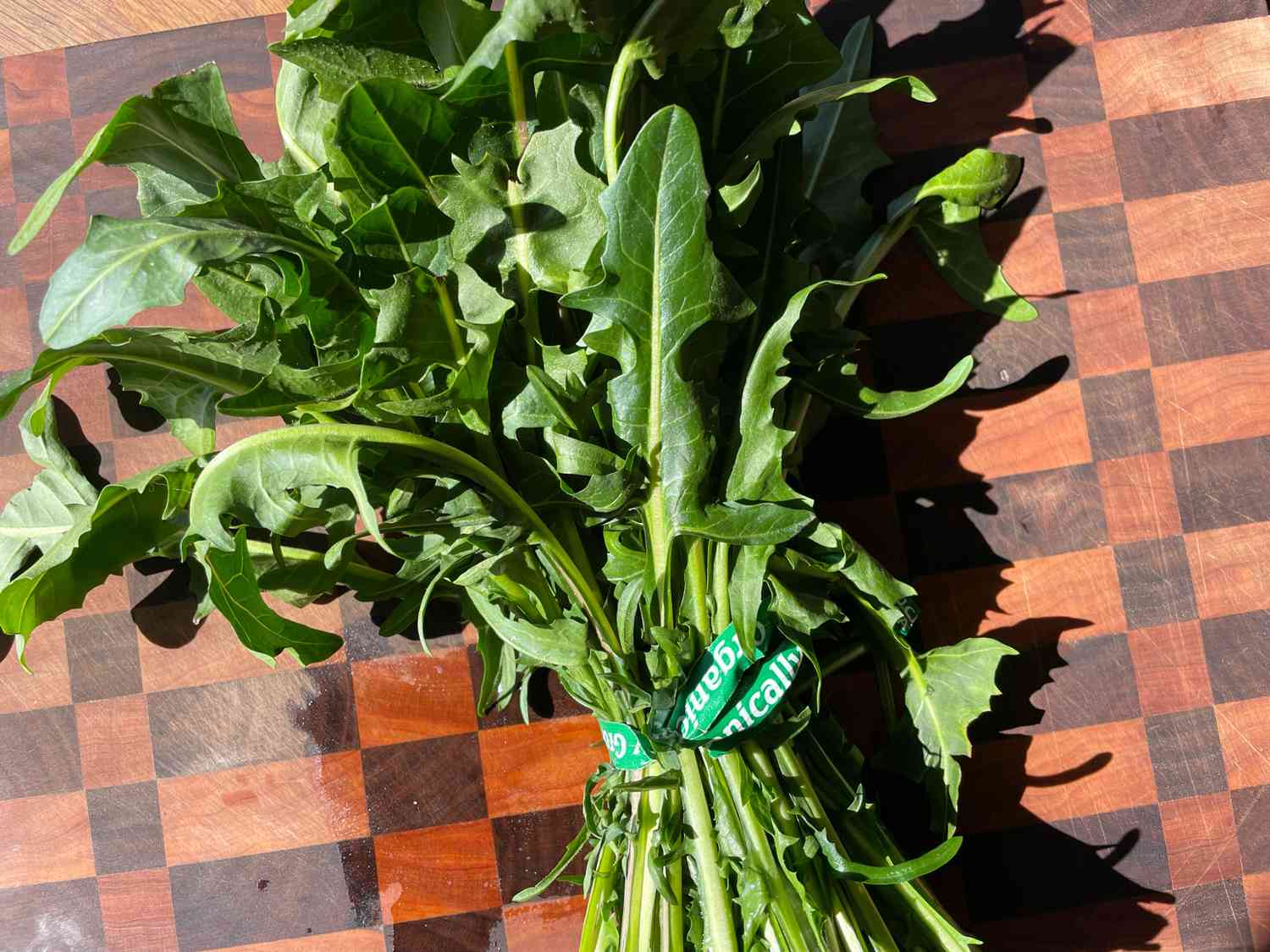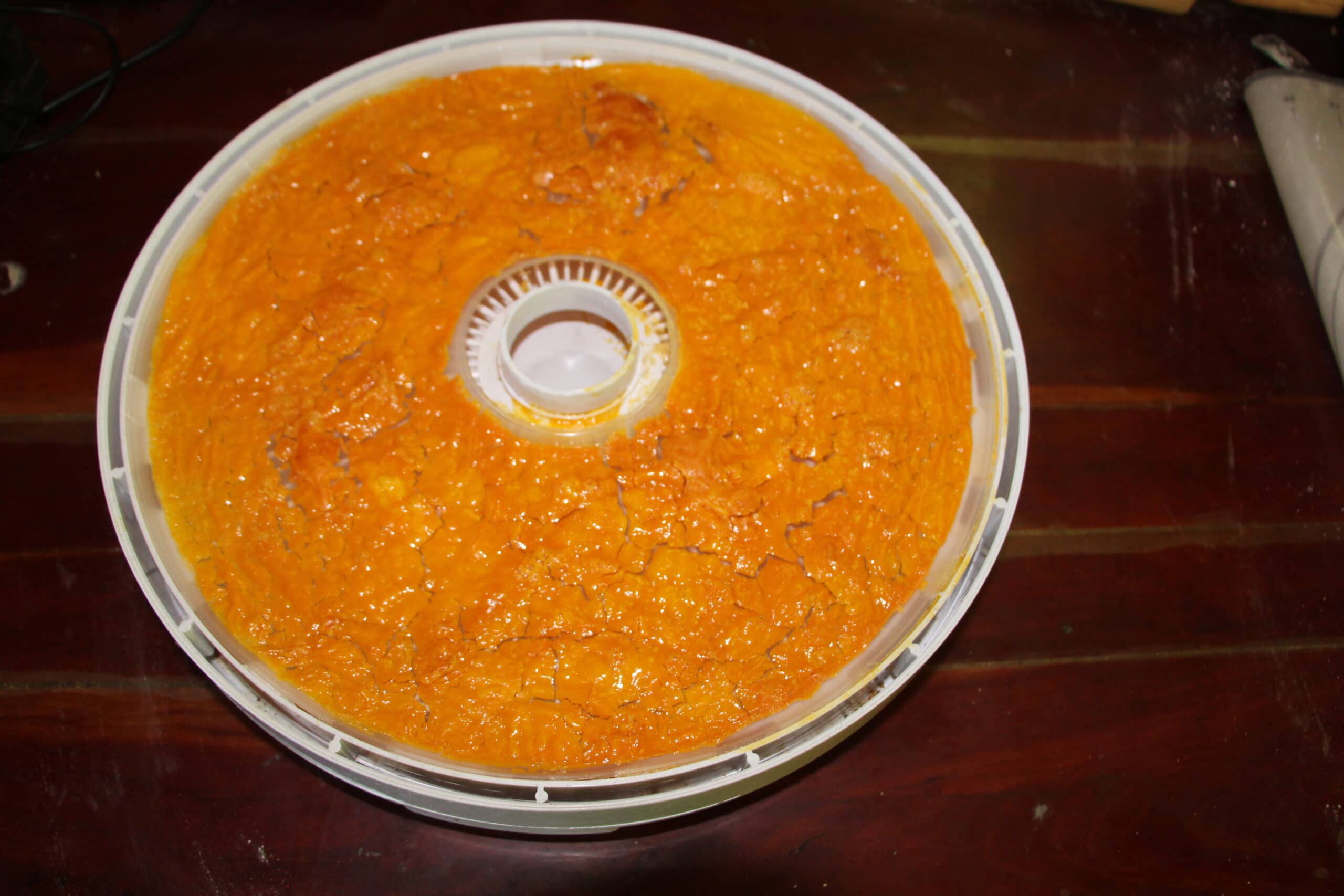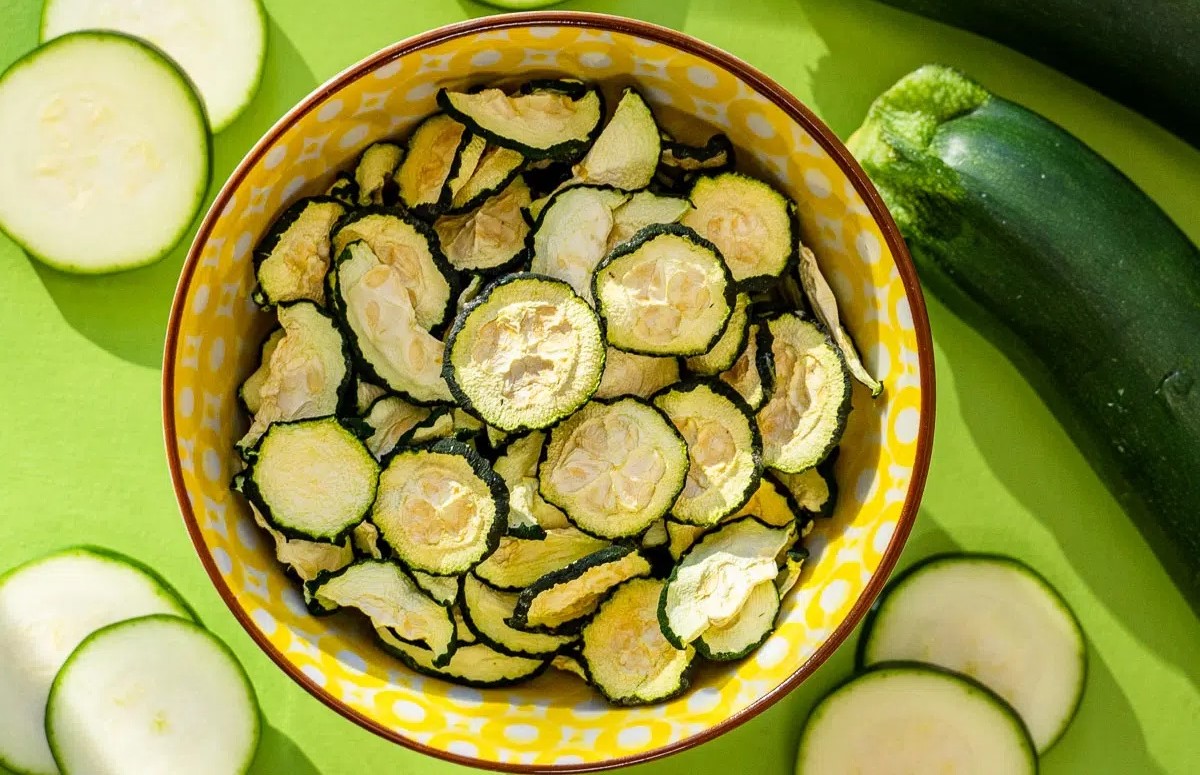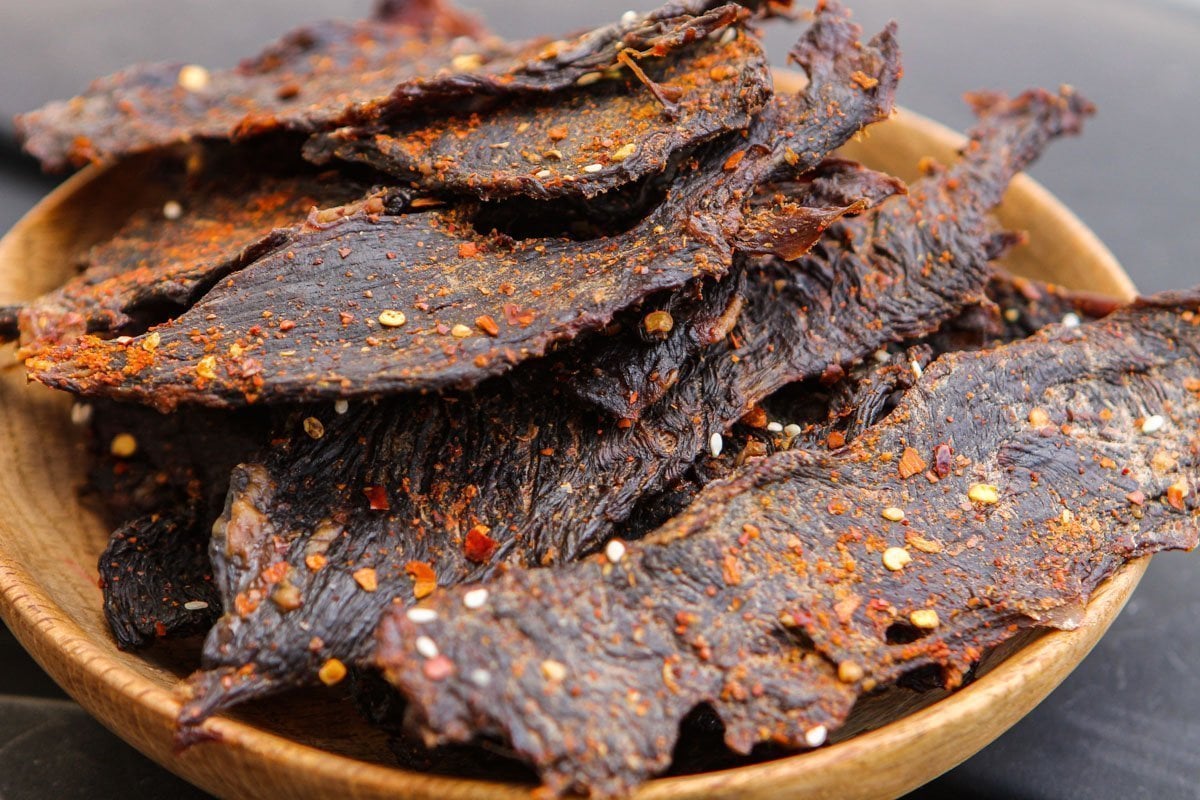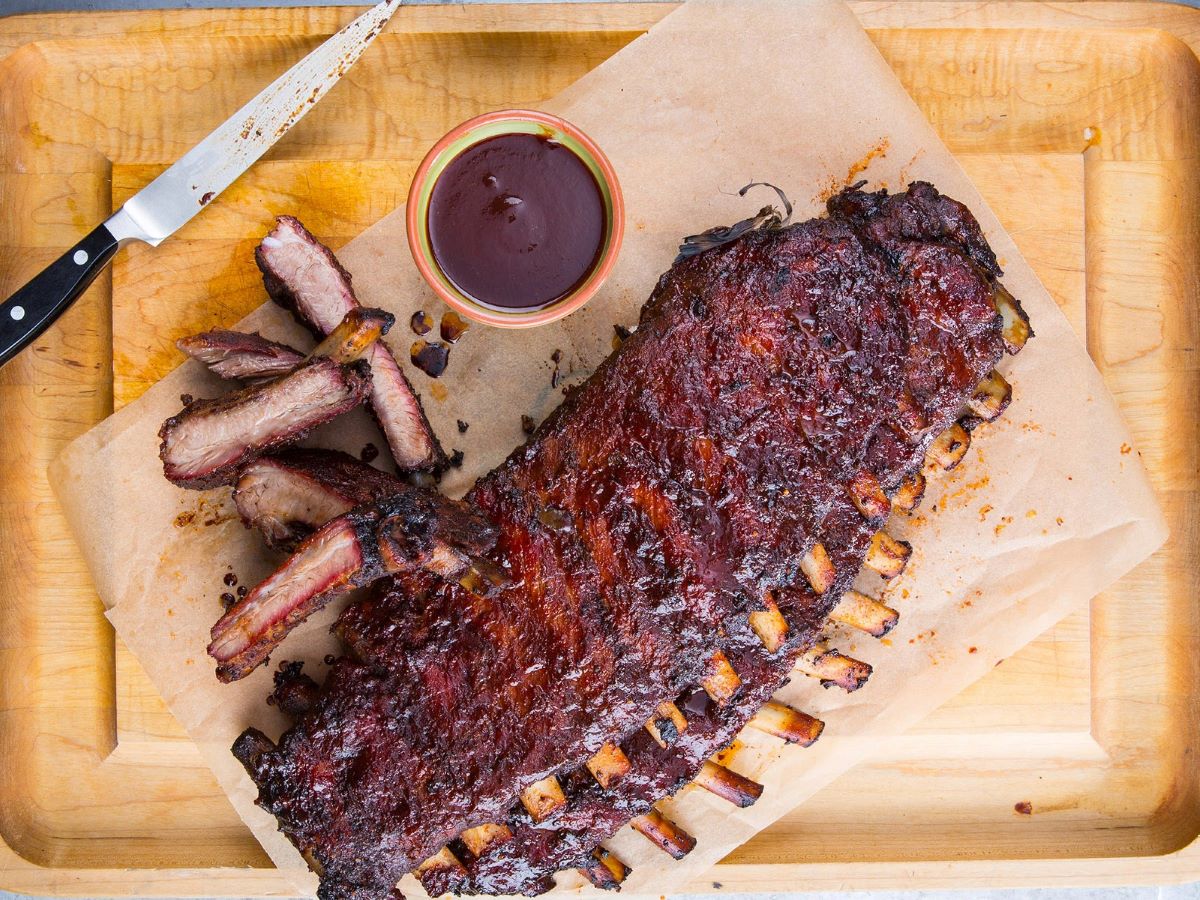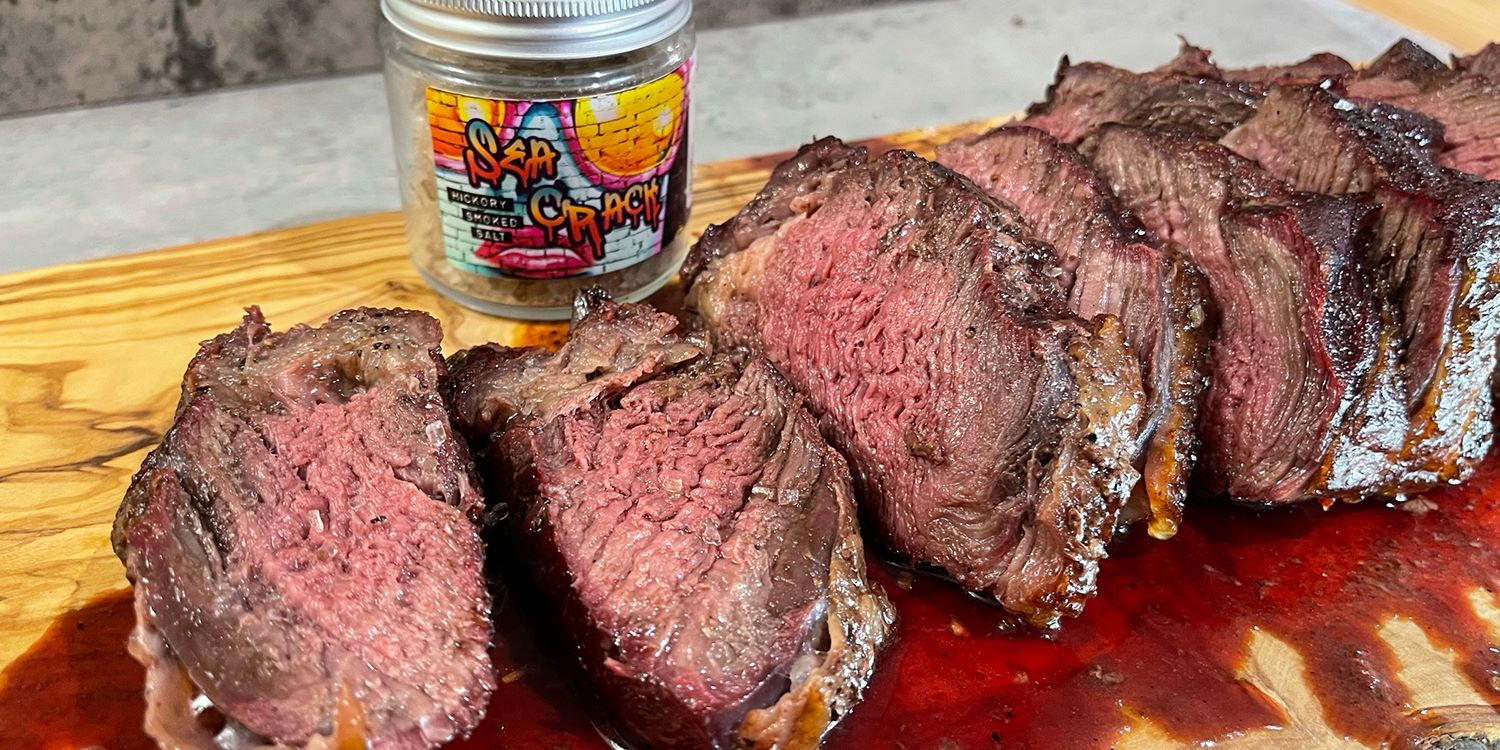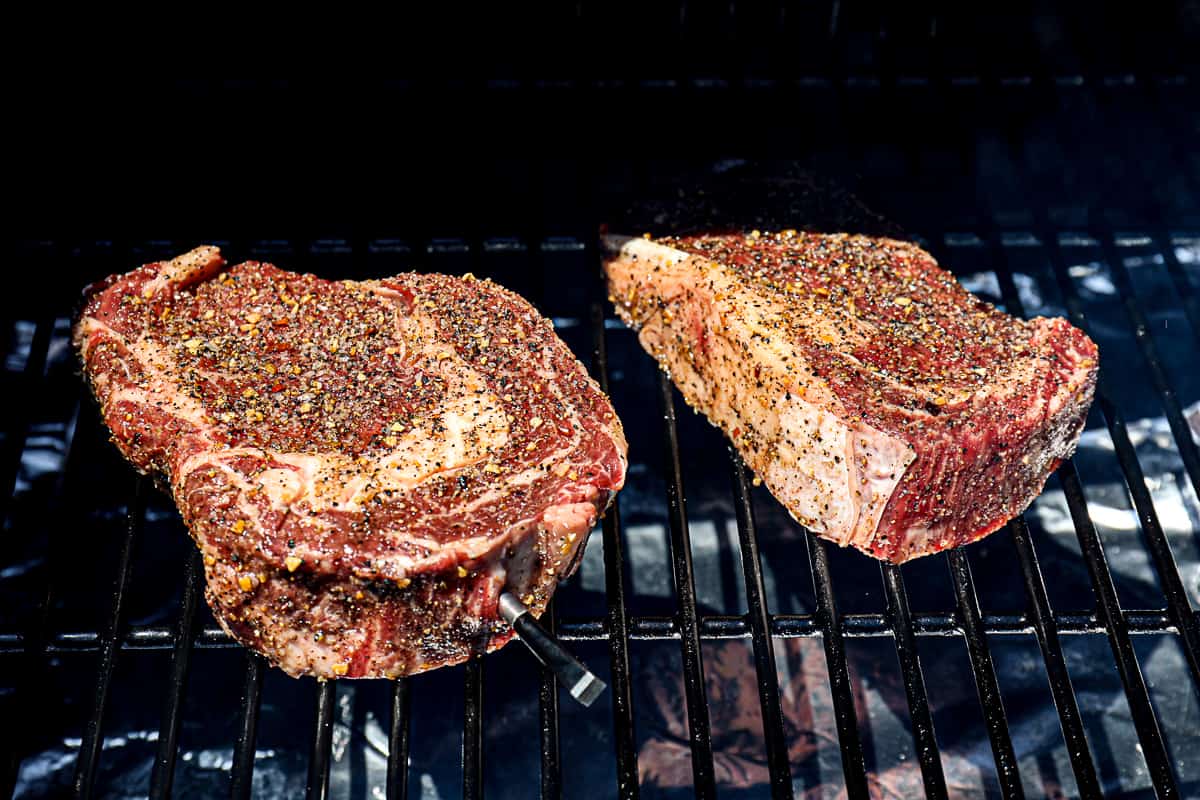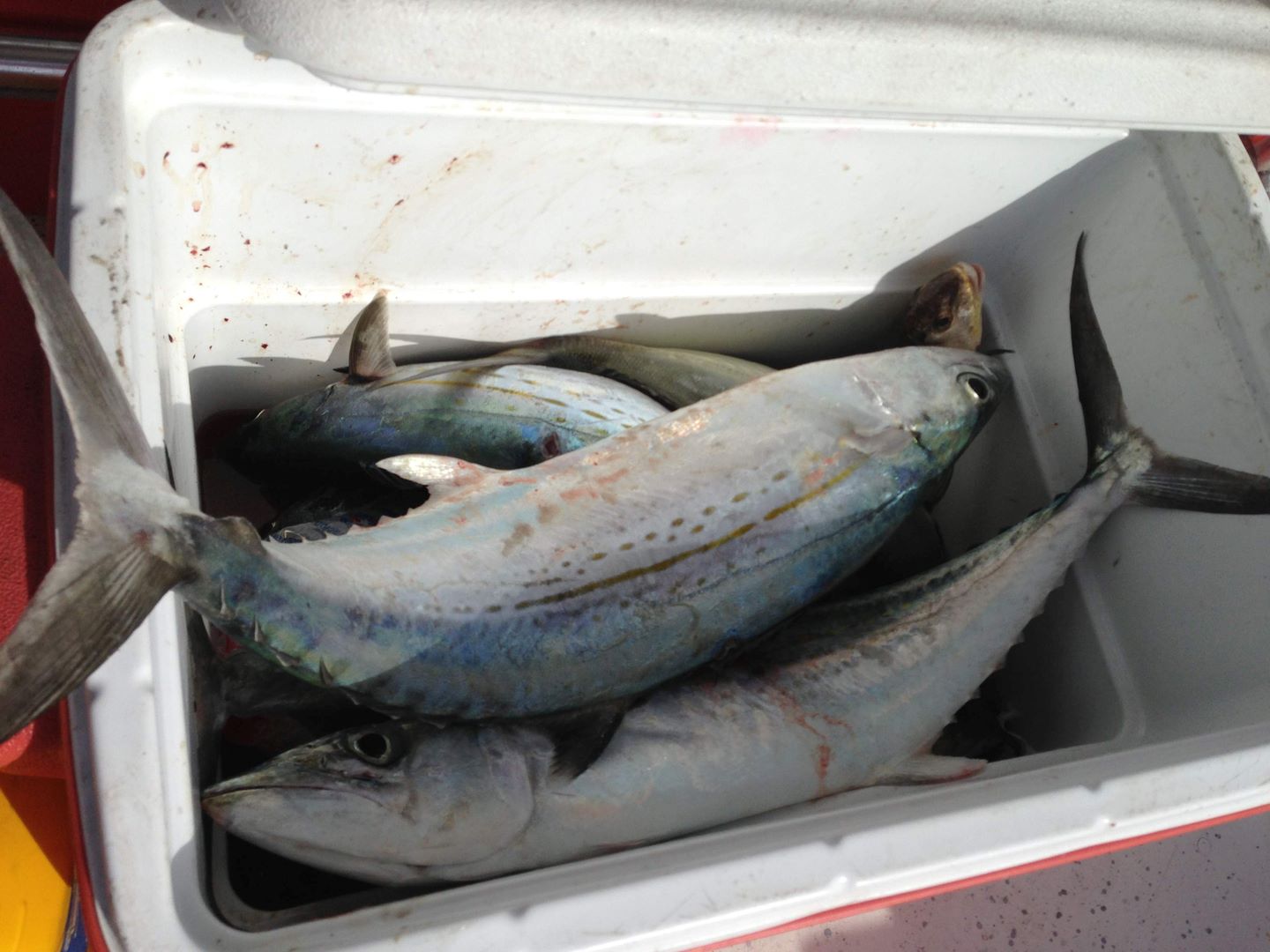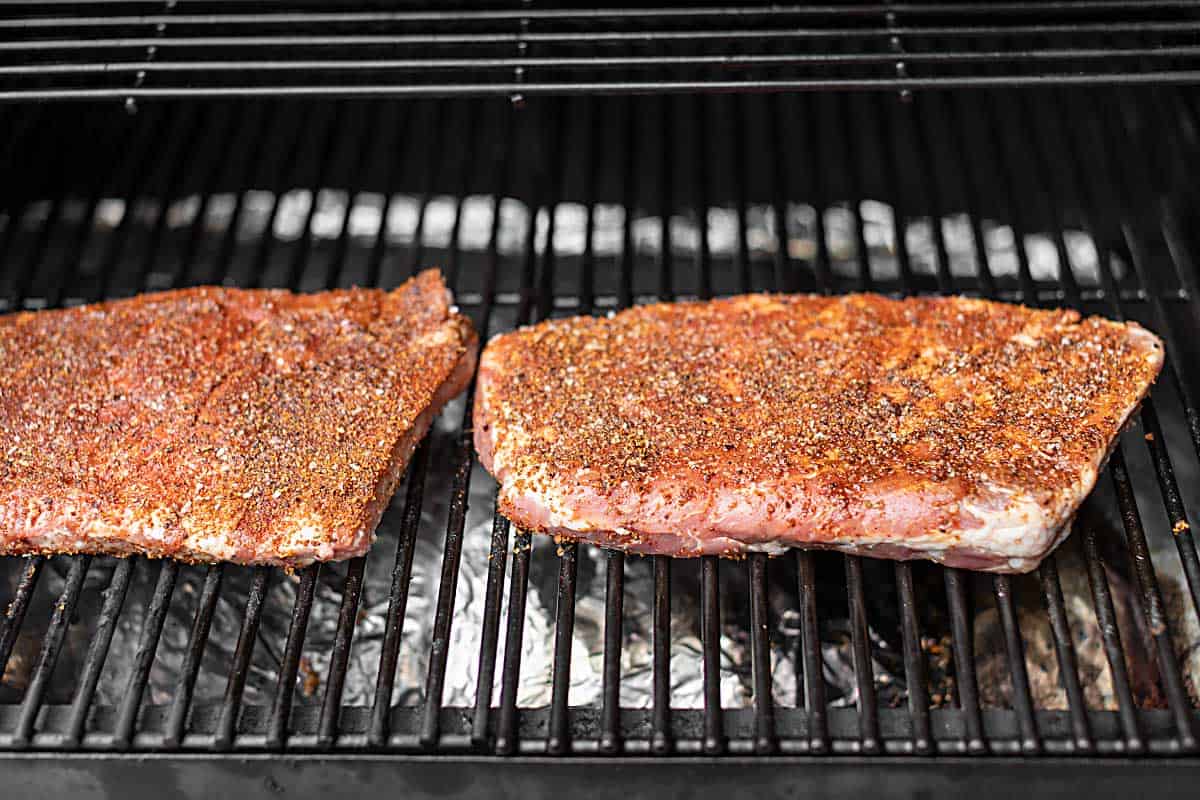Dehydrating Carbonaro Peppers: A Flavorful Way to Preserve Your Harvest
Carbonaro peppers are a popular variety known for their sweet and slightly spicy flavor. If you’ve got a bountiful harvest of these vibrant peppers and want to extend their shelf life, dehydrating them is a great option. Not only does it preserve their flavor, but it also allows you to enjoy them throughout the year. Here’s a step-by-step guide on how to dehydrate carbonaro peppers:
1. Selecting and Preparing the Peppers
Choose ripe, firm carbonaro peppers that are free from any blemishes or soft spots. Wash the peppers thoroughly under running water and pat them dry with a clean kitchen towel. Wear gloves to protect your hands from the natural oils in the peppers, especially if you’re sensitive to spicy foods.
2. Slicing the Peppers
Using a sharp knife, carefully slice the peppers into uniform pieces. You can choose to cut them into rings, strips, or halves, depending on your preference. Keep in mind that thinner slices will dehydrate more quickly, so aim for consistency in your cuts.
3. Pre-Treating the Peppers (Optional)
While pre-treating the peppers is optional, it can help preserve their color and flavor. You can blanch the pepper slices in boiling water for a few seconds and then immediately transfer them to an ice water bath to stop the cooking process. Alternatively, you can dip the slices in a solution of lemon juice and water to help prevent discoloration.
4. Dehydrating the Peppers
Arrange the prepared pepper slices in a single layer on the dehydrator trays, making sure to leave some space between each slice for air circulation. Set the dehydrator to a temperature of around 125°F to 135°F (52°C to 57°C) and allow the peppers to dry for 8 to 12 hours. Check the peppers periodically and rotate the trays for even drying.
5. Testing for Dryness
To check if the peppers are fully dehydrated, remove a few slices from the dehydrator and allow them to cool to room temperature. They should feel leathery and brittle with no signs of moisture. If they bend or feel soft, they need more time in the dehydrator.
6. Storing the Dehydrated Peppers
Once the peppers are completely dry, allow them to cool before transferring them to airtight containers such as glass jars or resealable bags. Store the dehydrated carbonaro peppers in a cool, dark place away from direct sunlight and moisture. Properly stored, they can last for up to a year.
7. Rehydrating and Using Dehydrated Peppers
When you’re ready to use the dehydrated carbonaro peppers, you can rehydrate them by soaking the desired amount in warm water for about 20 to 30 minutes. Once rehydrated, they can be used in various recipes such as soups, stews, sauces, or even ground into a flavorful spice powder.
Dehydrating carbonaro peppers is a simple and effective way to preserve their flavor and extend their shelf life. Whether you’re a home gardener looking to make the most of your harvest or a cooking enthusiast wanting to experiment with new flavors, dehydrated carbonaro peppers are a versatile addition to your pantry.
So, go ahead and give dehydrating carbonaro peppers a try – you’ll be rewarded with a delicious ingredient that adds a burst of flavor to your culinary creations!
With the guide on dehydrating Carbonaro peppers, readers can dive into numerous exciting recipes. For an easy start, they might try Carbonaro Pepper Salsa, which brilliantly highlights the pepper's bold flavor. Another great option is Carbonaro Pepper-infused Olive Oil, perfect for drizzling over salads or pasta. The Carbonaro Pepper and Black Bean Tacos are a fantastic choice for a quick, flavorful meal, while Carbonaro Pepper Seasoned Roasted Nuts make for a spicy, addictive snack. For those looking to impress at a gathering, Carbonaro Pepper Marinated Grilled Shrimp offers a sophisticated twist. Finally, Carbonaro Pepper-Infused Butter can elevate any dish with its rich, spicy profile. These recipes not only make use of the dehydrated peppers but also showcase their versatility and depth of flavor.
Was this page helpful?
Read Next: How To Dehydrate Fried Rice
